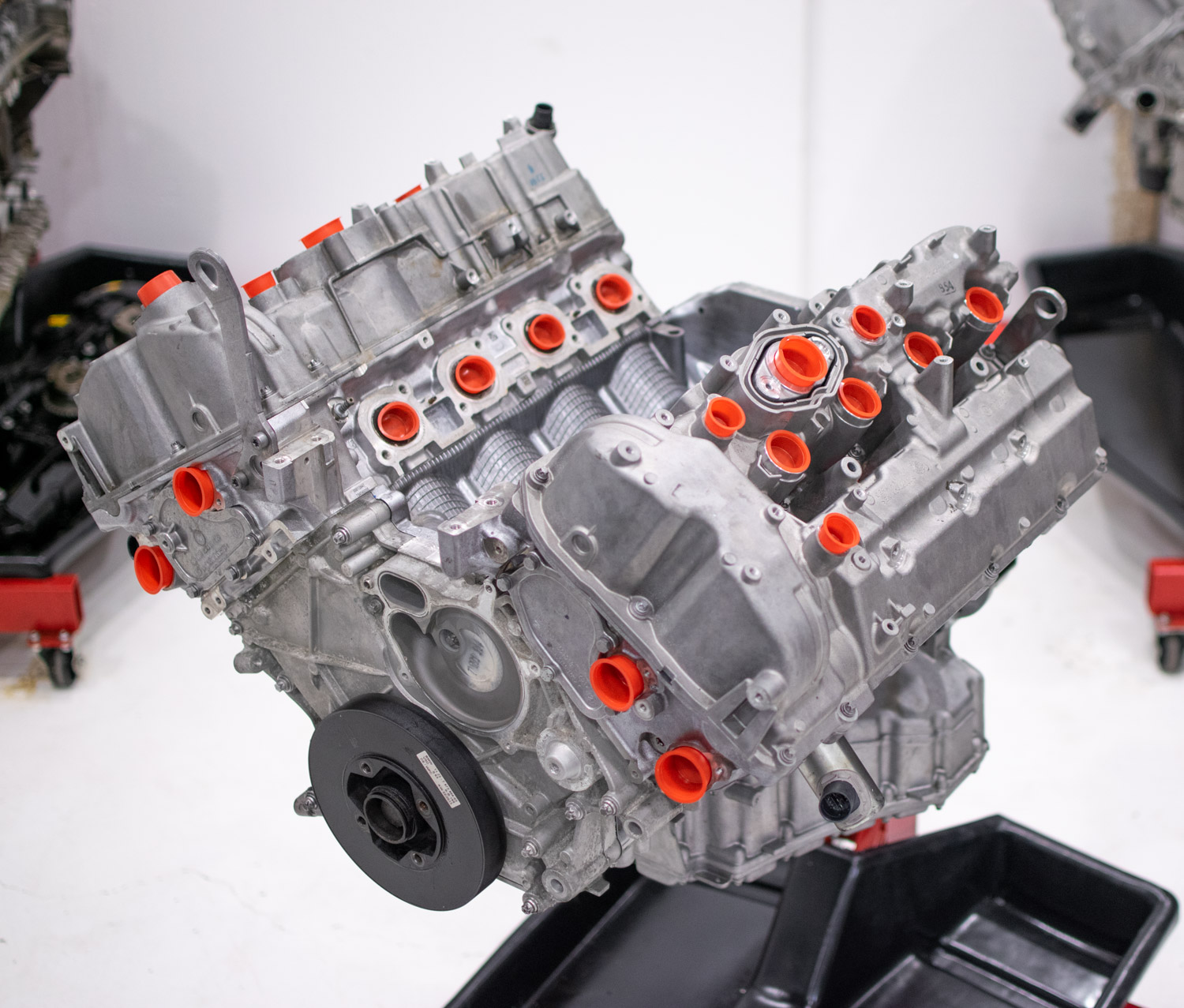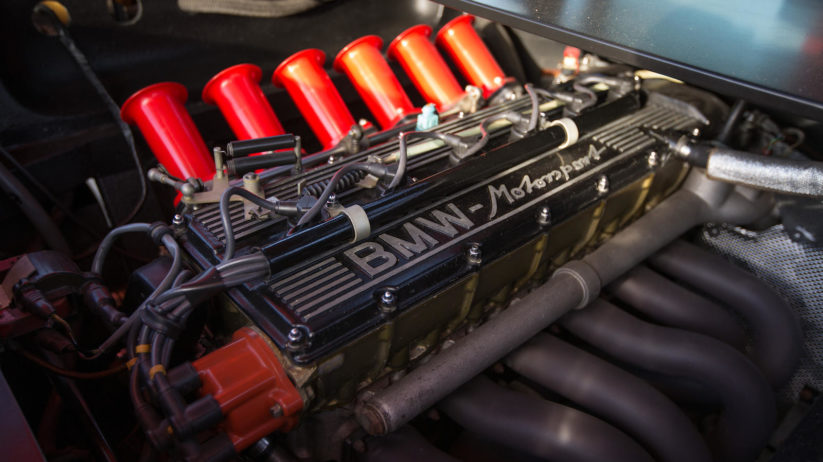The Role of BMW Engine Layout in Achieving Exceptional Fuel Effectiveness
The Role of BMW Engine Layout in Achieving Exceptional Fuel Effectiveness
Blog Article
Discovering the Development of Combustion Engines in Modern Transportation Solutions
As we browse the landscape of modern transport, the evolution of burning engines stands as a testament to human resourcefulness and design expertise. From their simple beginnings to the innovative powerhouses moving cars today, combustion engines have gone through an exceptional journey of innovation and adaptation. Understanding the complexities of this development not just loses light on the past but additionally paves the means for visualizing what lies ahead in the world of transport innovation. The interplay of history, technology, and environmental concerns fit the trajectory of combustion engines creates a narrative that is both insightful and engaging.
Very Early Beginnings of Combustion Engines
How did the concept of burning engines very first arise in the early phases of transport development? The origins of burning engines can be mapped back to the 17th century when the concepts of internal combustion were very first checked out.
The breakthrough minute included the creation of the first effective gasoline-powered engine by Karl Benz in 1885 - bmw engine. This engine led the means for the advancement of the modern-day vehicle, revolutionizing transportation systems worldwide. Subsequent innovations by Nikolaus Otto and Gottlieb Daimler additionally improved combustion engine modern technology, resulting in the mass manufacturing of vehicles and the quick growth of the transportation sector
These early burning engines were identified by their simplicity and performance, laying the structure for the complicated and powerful engines utilized in modern-day transport systems. The advancement of combustion engines has actually been important fit the method we travel and move products, marking a significant turning point in the history of transport growth.
Shift to Internal Combustion Modern Technology
The change to inner combustion modern technology noted an essential shift in the evolution of transportation systems. This change started in the late 19th century, with innovators like Nikolaus Otto and Gottlieb Daimler creating the initial effective interior combustion engines. These engines transformed transportation by providing a more effective and reliable choice to steam engines and electrical motors.
One of the key benefits of inner burning engines was their ability to be reduced to suit lorries, resulting in the advancement of vehicles and motorcycles. This shift from cumbersome, stationary engines to small, mobile ones led the way for the contemporary transportation systems we see today.
The change to internal combustion modern technology likewise spurred improvements in gas modern technology, bring about the development of gasoline and diesel as main fuel sources for automobiles. This shift not just made transport more accessible to the masses yet also laid the structure for the oil and gas industry to come to be indispensable to worldwide economic situations.
Impact of Combustion Engines on Transportation
The adoption of burning engines in transportation systems militarized an extensive change in the performance and speed of worldwide mobility. Burning engines changed transportation by offering a flexible and reliable source of power for various cars, consisting of cars and trucks, airplanes, ships, and trucks. This advancement dramatically improved the capacity for items and individuals to relocate over cross countries in shorter period, leading to enhanced connectivity between areas and nations.
Additionally, the prevalent use burning engines has actually had a significant effect on economic growth. The ability to move products efficiently has actually spurred trade and commerce, permitting companies to expand their markets and get to customers worldwide. This has actually helped with financial development and globalization, as products can now be carried faster and in larger quantities than ever.
However, the environmental impact of combustion engines can not be ignored. The burning of nonrenewable fuel sources has actually caused air contamination and greenhouse gas emissions, contributing to climate change and posturing wellness threats to populations. bmw engine. Because of this, there is an expanding focus on developing alternate propulsion modern technologies to mitigate these adverse effects and develop a much more lasting future for transport
Developments in Combustion Engine Style
Various improvements in combustion engine style have propelled the development of transport systems over the decades. One noteworthy technology is the growth of turbocharged engines, his response which use exhaust gases to drive a turbine that presses inbound air, permitting even more gas to be burnt, resulting in boosted power output without a substantial rise in engine dimension. Additionally, straight injection technology has actually boosted fuel effectiveness and performance by precisely regulating the quantity and timing of fuel injected right into the burning chamber. Variable shutoff timing systems have also revolutionized engine layout by enhancing air movement at various engine speeds, enhancing both power and performance. Another substantial advancement is the assimilation of lightweight materials such as carbon fiber and aluminum alloys, reducing total engine weight and improving car gas economic situation. Moreover, improvements in Full Article computer-aided style have allowed designers to maximize engine efficiency and performance with simulations prior to physical models are built, saving time and resources in the advancement process. These advancements collectively contribute to the continuous renovation of combustion engines in modern transport systems.
Future Trends in Burning Engine Development
With innovation developments driving continuous innovation, the future of combustion engine development is positioned to reinvent transportation systems globally. One of the crucial trends in combustion engine development is the press in the direction of better performance and reduced discharges. Makers are investing greatly in research study and growth to improve engine performance while meeting rigorous environmental regulations. This consists of the combination of advanced fuel shot systems, boosted turbocharging approaches, and making use of light-weight products to maximize fuel intake and decrease carbon emissions.
An additional noticeable trend is the adoption of hybrid modern technologies in combustion engines. Hybrid engines integrate typical burning innovation with electric power, offering enhanced gas performance and lower discharges. As the vehicle sector shifts in the direction of electrification, hybrid combustion engines are viewed as a transitional service that links the space in between conventional lorries and completely electrical ones.
In addition, the assimilation of smart technologies, such as expert system and information analytics, is anticipated to play a substantial role in the future of burning engine growth. These technologies can enhance engine efficiency in real-time, leading to much more efficient combustion processes and enhanced general automobile efficiency. Accepting these future trends will not just drive development in burning engine growth yet additionally add to a more sustainable and official site eco friendly transportation ecological community.

Conclusion
In final thought, the development of burning engines in contemporary transportation systems has been marked by substantial developments in technology and design. From the very early beginnings of burning engines to the transition to inner combustion modern technology, these engines have actually had a profound effect on transport. Technologies in burning engine design remain to drive progress in this area, with future fads concentrating on further enhancing effectiveness and reducing exhausts. The future of combustion engines in transportation looks promising as r & d initiatives remain to push borders.
The origins of burning engines can be traced back to the 17th century when the principles of interior burning were initial discovered. These engines revolutionized transport by using an extra powerful and efficient alternative to steam engines and electric motors.

Report this page